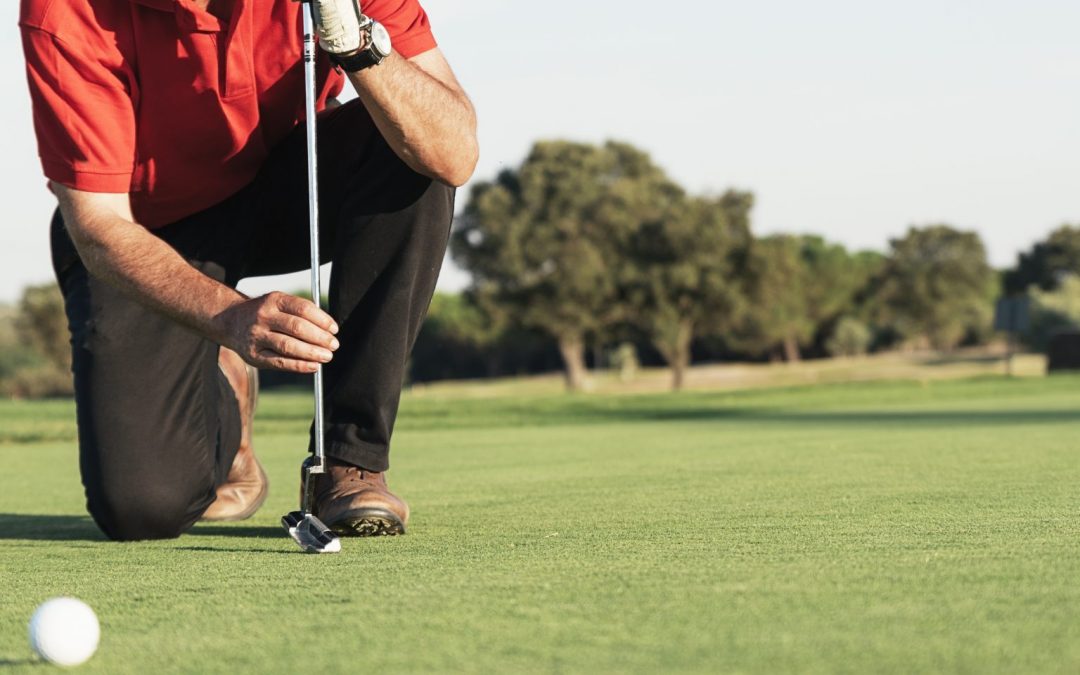Osgood-Schlatter Disease (OSD) is an inflammatory disorder of the knee joint that affects adolescents who actively participate in sports activities. The inflammation typically occurs at the point within the knee joint where the patellar tendon is attached to the shin bone. Adolescents experience growth spurts due to the development of tendons, bones, muscles and ligaments. Physical activity, such as running and jumping, further increases the pressure on the joints and leads to inflammation. Growing children have special growth plates that are covered by the tibial tubercle, a bony structure, at the end of the shin bone. During physical activity, this tibial tubercle gets pulled by the patellar tendon which may lead to inflammation of the growth plate and is termed as the Osgood-Schlatter Disease. The symptoms may occur in one or both the knees. The condition usually subsides once the growth phase is over and the growth plates solidify into bones.
Causes
- Overuse of the knee joint
- Sports activities
- Changing direction rapidly while running or jumping
- Direct injury to the knee
- Detachment of a piece of bone from the tibia due to the pull exerted by the ligaments
- Tight quadriceps or hamstring muscles
Symptoms
- Prominent outgrowth of the tibial tubercle in the form of a lump
- Tenderness in the knee joint
- Pain may get aggravated during physical activity
- Swelling
- Tightness in the thigh muscles
- Instability
- Redness
- Locking of the knee Inability to kneel down
- Limping
Diagnosis
- Clinical examination of the knee
- Evaluation of the child’s medical history and symptoms
- X-ray imaging may be conducted to rule out other possible causes of knee pain
- The patient may be asked to move the leg in different directions to assess the severity of problem
- Blood tests MRI scan to evaluate damage to soft tissues
- Bone scan may be recommended by the orthopedic doctor
Treatment
- Rest with the leg elevated at chest level
- Limit physical activity until the symptoms subside
- Perform exercises to stretch to strengthen the quadriceps
- Prescription of anti-inflammatory medicines
- Use of patellar tendon strap
- Application of ice packs at regular intervals
- Wear protective gear during sports to prevent knee injury
- Compression with an elastic bandage
- Physical therapy may be helpful to restore the range of motion of the knee
- Surgery may be required if the problem does not subside even after the patient attains adulthood.


